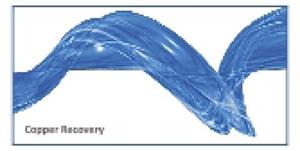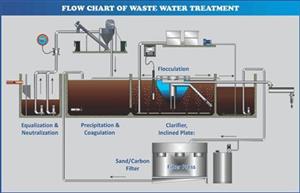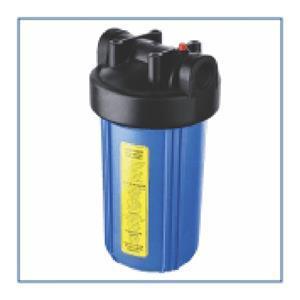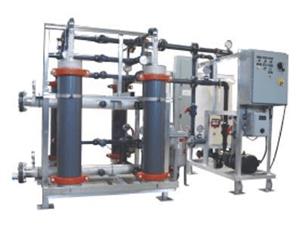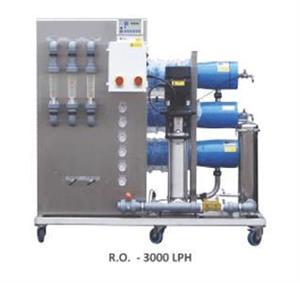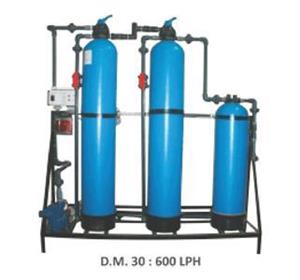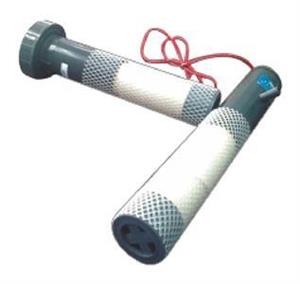
Ced Accessories
Circular Anode Membrane Cells
We Supply Amfor flushable anode Cell used in electro coating (ED) paint system with most types of paint. It serves as the opposition electrode and simultaneously removes solubilizer (usually a common organic acid) from the paint to maintain chemical balance. Anode cell’s anolyte injection systems distribute the anolyte evenly across the anodes in anocel box and semi-circular. And the delivery system in Anocel tubular cells increases dirt and oxygen removal by a minimum factor of three over conventional designs.
Advantages
Safe and Esay Handing
Hard to Damage Design
Low Electrical Resistance
Quick and Easy Inspection Procedure
Maintenance Friendly
Anolyte Circulation Systems:
Pre-engineered and factory assembled package systems for circulating anolyte through the Cells (each Cell requires 2 to 3.6 lpm) Includes:
- Tanks: 304 SS or Polypropylene tanks from 120 to 300 Litres.
- Pump: Sealless Magnetic Drive Polypropylene or CPVC pumps from 40 to 280 lpm with safety features.
- Conductivity monitor/controller and solenoid valve for deionized water addition.
- Ultraviolet Rays Bacterial disinfection system prior to discharge.
- PN 16 U - PVC anolyte supply piping with flow control valve, check valve, bypass, and SS pressure gauge.
- Drain valve, low level switch, and anolyte return filter

